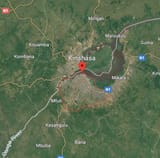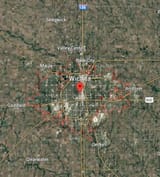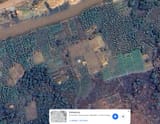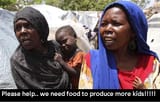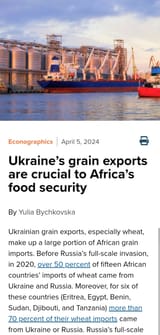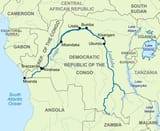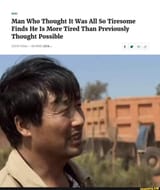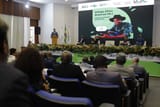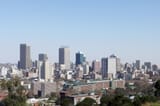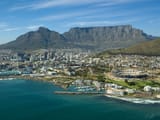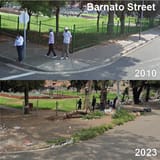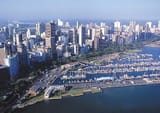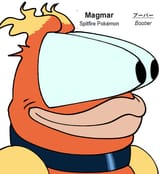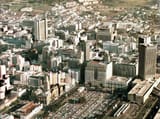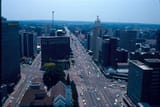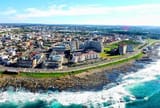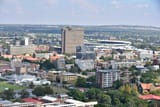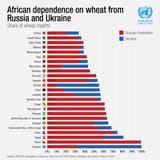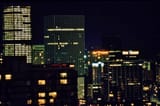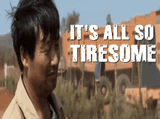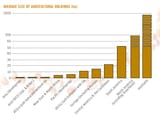Anonymous
(ID: 2VEHmeRb)
 6/25/2025, 12:39:45 AM
No.508631934
>>508632061
>>508632403
>>508632637
>>508632838
>>508633536
>>508633548
>>508633617
>>508633738
>>508633797
>>508633836
>>508633991
>>508634232
>>508634460
>>508634518
>>508635241
>>508635649
>>508635936
>>508636320
>>508636444
>>508636562
>>508636582
>>508636825
>>508636920
>>508637327
>>508637425
>>508637846
>>508638701
>>508638731
>>508639229
>>508639242
>>508639243
>>508639334
>>508639422
>>508639456
>>508639765
>>508641259
>>508641607
>>508642093
>>508642288
>>508642310
>>508643161
>>508643167
>>508644743
>>508646043
>>508646050
>>508646344
>>508647921
6/25/2025, 12:39:45 AM
No.508631934
>>508632061
>>508632403
>>508632637
>>508632838
>>508633536
>>508633548
>>508633617
>>508633738
>>508633797
>>508633836
>>508633991
>>508634232
>>508634460
>>508634518
>>508635241
>>508635649
>>508635936
>>508636320
>>508636444
>>508636562
>>508636582
>>508636825
>>508636920
>>508637327
>>508637425
>>508637846
>>508638701
>>508638731
>>508639229
>>508639242
>>508639243
>>508639334
>>508639422
>>508639456
>>508639765
>>508641259
>>508641607
>>508642093
>>508642288
>>508642310
>>508643161
>>508643167
>>508644743
>>508646043
>>508646050
>>508646344
>>508647921
How is Sub-Saharan Africa supporting 1.5 billion people with no visible farmland?
Serious question. When you go on Google Earth and look at Sub-Saharan Africa—Nigeria, DRC, Cameroon, etc.—you don’t see endless farming fields like you do in the Great Plains of the USA, the Indo-Gangetic Plain of India, the North China Plain of China, the Pampas of Argentina, or even the Western Siberian Plain of Russia/Kazakhstan.
Instead, it’s just forests, jungles, and scrubland. No crop grid, no large-scale irrigation, no combine harvesters, no monoculture fields. You’ll see some tiny, irregular subsistence plots near villages, maybe some slash-and-burn farming, but nothing that even remotely looks like it could feed 1.5 billion people in a decade or two.
Pic rel: Kinshasa—20 million people stacked in concrete, zero surrounding farmland, no visible food production. How is this city even alive?
Instead, it’s just forests, jungles, and scrubland. No crop grid, no large-scale irrigation, no combine harvesters, no monoculture fields. You’ll see some tiny, irregular subsistence plots near villages, maybe some slash-and-burn farming, but nothing that even remotely looks like it could feed 1.5 billion people in a decade or two.
Pic rel: Kinshasa—20 million people stacked in concrete, zero surrounding farmland, no visible food production. How is this city even alive?
